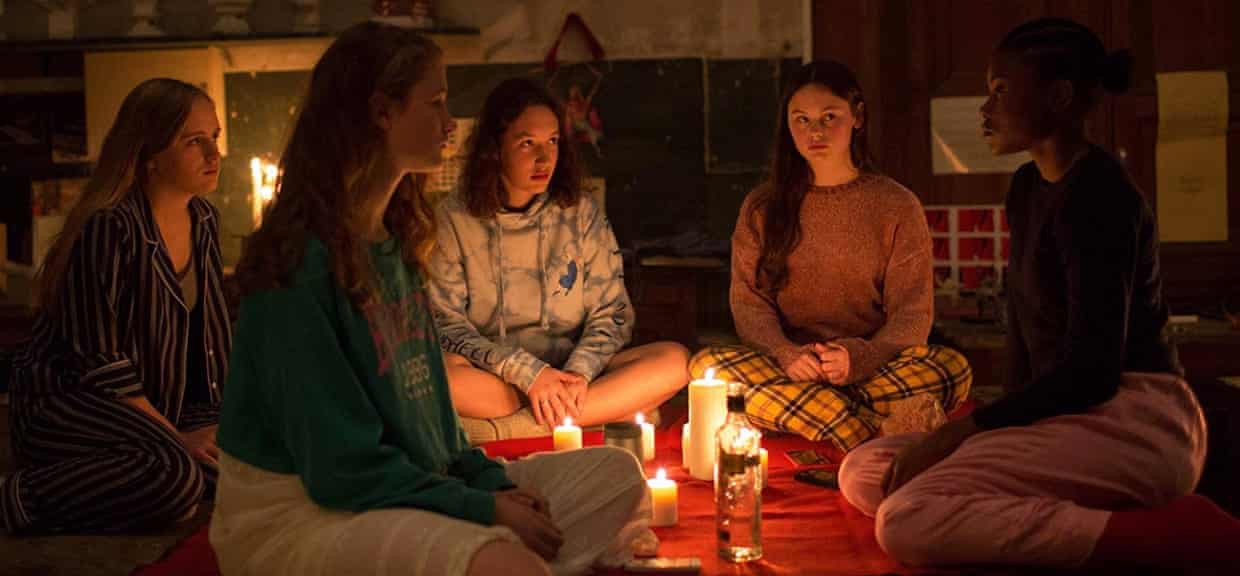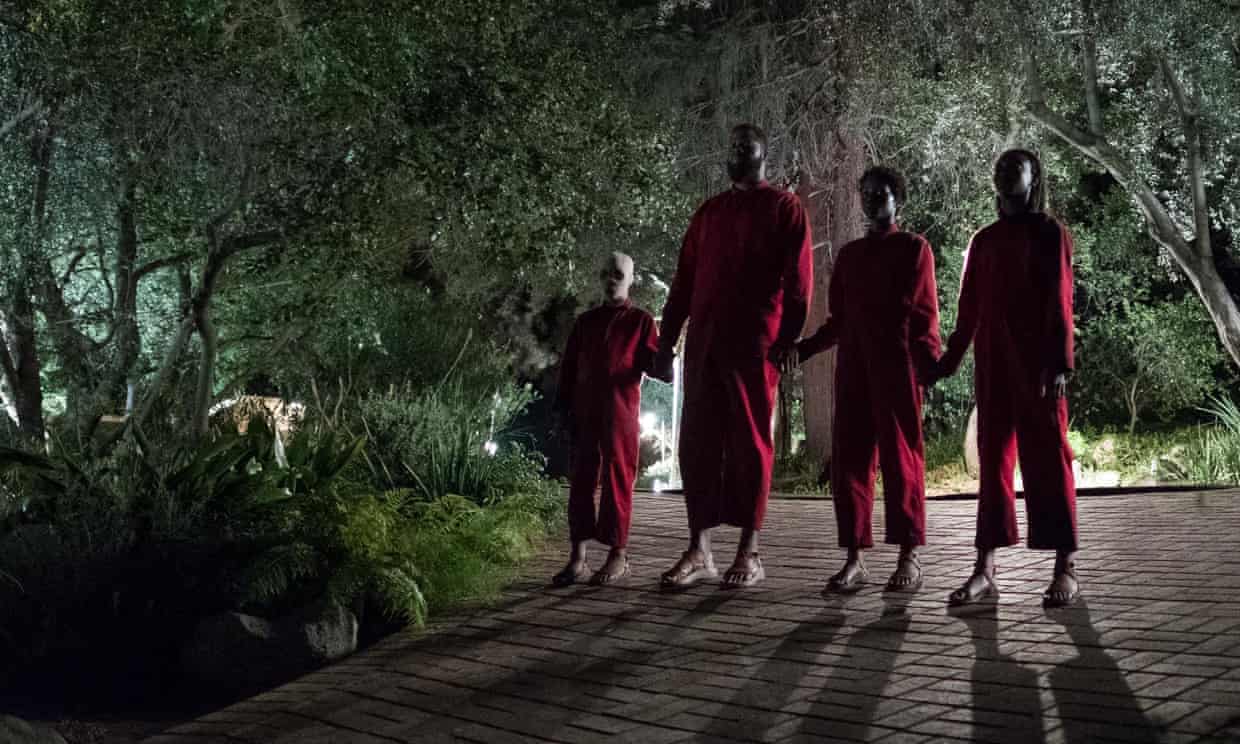
The woke undead: how zombie movies are taking on racial politics
by Phil HoadA new wave of horror films are reviving the zombie’s African roots to offer modern-day reflections on slavery and migration
After sprinting zombies (28 Days Later), commuter zombies (Shaun of the Dead), tangoing zombies (Juan of the Dead) and zombie sheep (Black Sheep), surely there is nowhere left for the zombie film to go but climb back into the grave? Not quite yet, it seems. A recent crop of films, predominantly by black directors, is taking the genre back to its African and Caribbean origins, and giving it a jolt of political electricity to keep it limping along in unholy disquiet.
Prominent among them is Mati Diop’s beguiling new film Atlantics: what starts as a star-crossed Dakar love story veers into the supernatural as a group of milky-eyed, somnambulic women terrorise the owner of the huge tower rising over the Senegalese capital. It turns out that they are possessed by the spirits of the men working on the project who, unpaid for their work, have made the perilous crossing to Europe – and disappeared.
This doleful mob are close to the original Haitian conception of the zombie: beings stripped of their personalities and in thrall to others. In the island’s mythology, the controller was normally a sorcerer who had raised a body from the dead in order to enslave it as source of free, if gormless, labour. Drawing on west African traditions, the zombie was no doubt an expression of the dehumanising effects of slavery – and the fear of becoming a zombie was used to deter slaves from committing suicide. In invoking the old-school zombie, Diop is surely echoing this history of slavery – hence the film’s title. But this is the 21st-century version: the men have drowned during a Mediterranean crossing, like thousands of others.

Beyond its signature proclivity for gore, the zombie movie has always had a taste for politics, especially under its high priest, George Romero. But this new wave of Haitian-influenced zombie films address politics in the very rawest sense: power, and the consequences of exercising it over others.
The same game is played in Bertrand Bonello’s enchanting, shifty Zombi Child. Partly filmed in Haiti, it narrates the real-life story of Clairvius Narcisse (played by Mackenson Bijou) – a man supposedly zombified in the early 1960s who returned to reclaim his former life in 1980. Narcisse’s life was also the basis of Wes Craven’s 1988 film The Serpent and the Rainbow, but Bonello intercuts it with the modern-day initiation of Haitian refugee Mélissa (Wislanda Louimat) into a cliquey sorority at an elite Paris boarding school. Bonello’s zombies stumble along the paths set by imperialism – not just the open subjugation as practised in the 19th century, but the subtle power rituals and displays of allegiance demanded of the descendants of colonial people in the present day.
Bonello, though, is not a black film-maker, and Zombi Child comes with a sting in its tail. Mélissa’s sulky friend Fanny (Louise Labèque) turns to voodoo to solve the problem of a wayward boyfriend. The director performed a similar kind of historical inversion in his previous feature Nocturama, making middle-class Parisian hipsters monument-bombing terrorists, but his meaning here is cloudy. Is it something to do with cultural borrowing by former colonial powers, or that this appropriation means the once-oppressed now can possess their oppressors? Bonello leaves it in the entrails of his film for us to divine. He does, though, propose the first zombie national anthem, repurposing Gerry & the Pacemakers’ You’ll Never Walk Alone.

In Jordan Peele’s Us, the Tethered are never specifically identified as zombies, but again it’s easy to make the connection to Haitian lost souls. Peele’s jumpsuit-clad doppelgangers are psychically bound to their above-ground counterparts, but they are hollowed-out, mute parodies of them. The underworld they live in is a shambling travesty of normal life, a bit like Romero’s ghoul-filled mall in Dawn of the Dead. They’re not exclusively black, but in making the Tethered the skeleton in affluent America’s closet, Peele is tracing the steps back to the national bedrock of exploitation and slavery.
The racial dynamics layered into the zombie mythos also flare up at the end of Romero’s Night of the Living Dead, the founding film of the modern genre; it was made in 1968, in the immediate aftermath of the civil-rights marches. The film’s hero Ben, a black man, is mistaken for a zombie by a white sheriff, who blows his head off. In going back to zombie basics, black film-makers have a ready-made tool for political expression – one whose cutting edge tells us that history is never safely buried.
- Atlantics is out on Netflix and in UK cinemas from 29 November; Zombi Child is out now on MUBI.